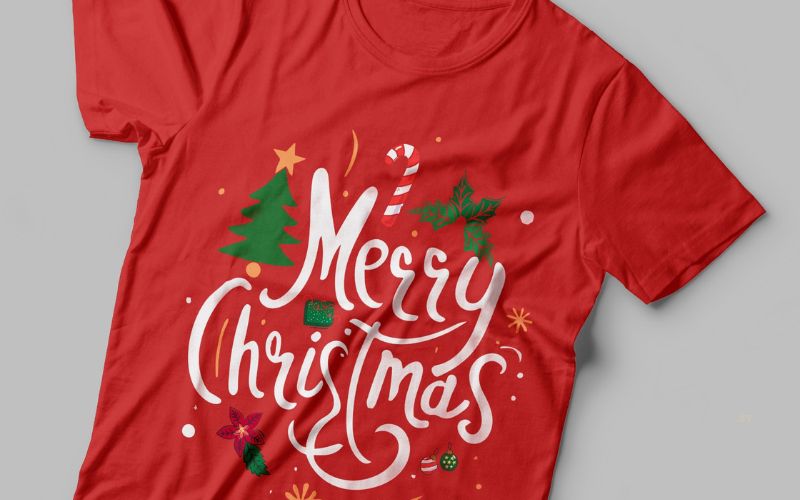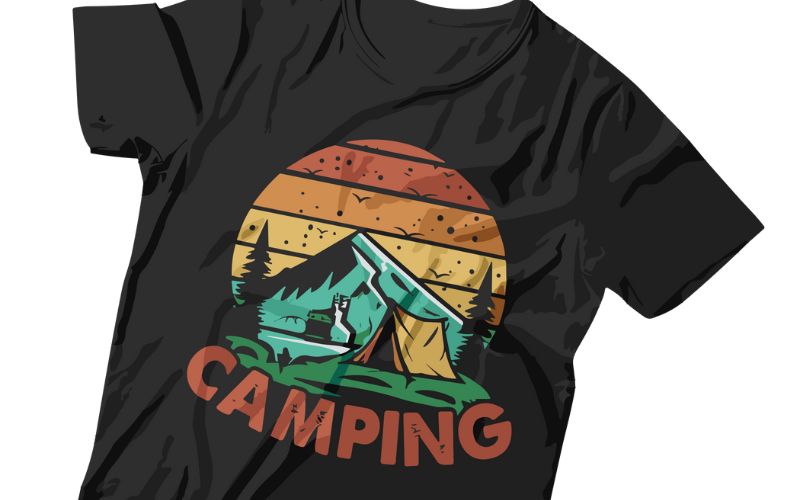Print on demand is a business model where you can sell custom-designed products without having to deal with inventory, production, or shipping. You simply create your designs, upload them to a print on demand platform, and promote them to your target audience. When someone orders your product, the platform handles the printing and delivery for you, and you get a profit margin.
Print on demand is a great way to make money online, whether you want to start a side hustle or a full-time business. You can create and sell a variety of products, such as t-shirts, mugs, posters, phone cases, and more. You can also express your creativity and showcase your brand identity through your designs.
But how do you succeed with print on demand? How do you find the best platform, niche, and products for your business? How do you optimize your designs and listings for search engines and customers? How do you market your products and grow your sales?
In this article, we will answer these questions and more. We will show you how to make money with print on demand in 2024, following the best practices and tips from successful print on demand sellers. We will also explain how to align your content with the search intent of your potential customers, so that Google can rank your products higher in the search results.
Table of Contents
What is Search Intent and Why is it Important for Print on Demand?
Search intent, also known as user intent, is the main goal a user has when typing a query into a search engine. It is what the user is looking for when they search for something online. Common types of search intent include informational, commercial, navigational, and transactional.
For example, if someone searches for “Best Unisex Christmas T-shirt”, they have an informational intent. They want to learn about the different options and features of air fryers, and maybe compare them to find the best one for their needs. They are not ready to buy yet, but they might be in the future.
On the other hand, if someone searches for “Buy Unisex Christmas T-shirt”, they have a transactional intent. They want to purchase a T-shirt right away, and they are looking for the best deal and the fastest delivery. They are not interested in learning more about T-shirts, they just want to buy one.
Search intent is important for print on demand because it helps you understand what your potential customers are looking for, and how you can provide them with the most relevant and useful content. By aligning your content with the search intent of your target audience, you can increase your chances of ranking higher in Google, attracting more traffic, and converting more visitors into buyers.

How to Find and Optimize for Search Intent for Print on Demand
To find and optimize for search intent for print on demand, you need to follow these steps:
Step 1. Identify the Keywords and Queries Related to Your Niche and Products
The first step is to do some keyword research and find out what words and phrases your potential customers are using to search for products like yours. You can use tools like Google Keyword Planner, Bing Keyword Research Tool, or Ahrefs Keyword Explorer to generate a list of relevant keywords and queries.
For example, if you are selling t-shirts with funny quotes, you might find keywords and queries like:
- funny t-shirts
- funny t-shirts for men
- funny t-shirts for women
- funny t-shirts for couples
- funny quotes for t-shirts
- funny t-shirt ideas
- funny t-shirt designs
- and so on.

Step 2. Analyze the Search Results and Determine the Search Intent for Each Keyword and Query
The next step is to analyze the search results for each keyword and query, and determine the search intent behind them. You can use tools like Google Search Console, Bing Webmaster Tools, or Ahrefs Site Explorer to see how your products are ranking for each keyword and query, and what kind of content is ranking above or below you.
You can also manually search for each keyword and query on Google or Bing, and observe the following factors:
- The type of content: Is it a product page, a blog post, a video, a list, a guide, a review, or something else?
- The format of content: Is it text, images, audio, video, or a combination of them?
- The angle of content: What is the main message or value proposition of the content? What problem does it solve or what benefit does it offer to the user?
- The SERP features: Are there any special features on the search results page, such as ads, snippets, images, videos, maps, or shopping results?
For example, if you search for “funny t-shirts for men”, you will see that the search intent is mostly transactional. The user wants to buy a funny t-shirt for men, and they are looking for the best options and deals. The type of content is mostly product pages, the format is mostly images and text, and the angle is mostly humorous and catchy. The SERP features include ads, shopping results, and images.
On the other hand, if you search for “funny quotes for t-shirts”, you will see that the search intent is mostly informational. The user wants to find some funny quotes that they can use for their own t-shirt designs, or get some inspiration from existing ones. The type of content is mostly blog posts, lists, and videos, the format is mostly text and images, and the angle is mostly creative and witty. The SERP features include snippets, images, and videos.
Step 3. Align Your Content with the Search Intent for Each Keyword and Query
The final step is to align your content with the search intent for each keyword and query, and make sure it is the most relevant and useful result for the user. You can use tools like Google Analytics, Bing Analytics, or Ahrefs Content Explorer to measure and improve the performance of your content, such as traffic, impressions, clicks, conversions, and bounce rate.
You can also follow these best practices to optimize your content for search intent:
- Use the keyword or query in your title, URL, and headings, and make them clear and catchy.
- Use the appropriate content type, format, and angle for each keyword or query, and follow the examples of the top-ranking results.
- Use high-quality images, videos, and other multimedia elements to enhance your content and make it more engaging and appealing.
- Use clear and compelling calls to action to guide the user to the next step, whether it is to buy, subscribe, share, or learn more.
- Use internal and external links to provide additional information and resources to the user, and increase your authority and credibility.
- Use keywords and synonyms naturally and strategically throughout your content, and avoid keyword stuffing and over-optimization.
- Use meta tags, schema markup, and other SEO techniques to help search engines and users understand your content better, and increase your chances of getting featured snippets, images, videos, and other SERP features.

Conclusion
Print on demand is a lucrative and creative way to make money online, but it requires a lot of research, planning, and optimization. One of the most important aspects of print on demand is to align your content with the search intent of your potential customers, so that you can rank higher in Google, attract more traffic, and convert more visitors into buyers.
To do that, you need to identify the keywords and queries related to your niche and products, analyze the search results and determine the search intent for each keyword and query, and align your content with the search intent for each keyword and query. By following these steps and best practices, you can create and sell print on demand products that satisfy your customers’ needs and expectations, and grow your business in 2024.





